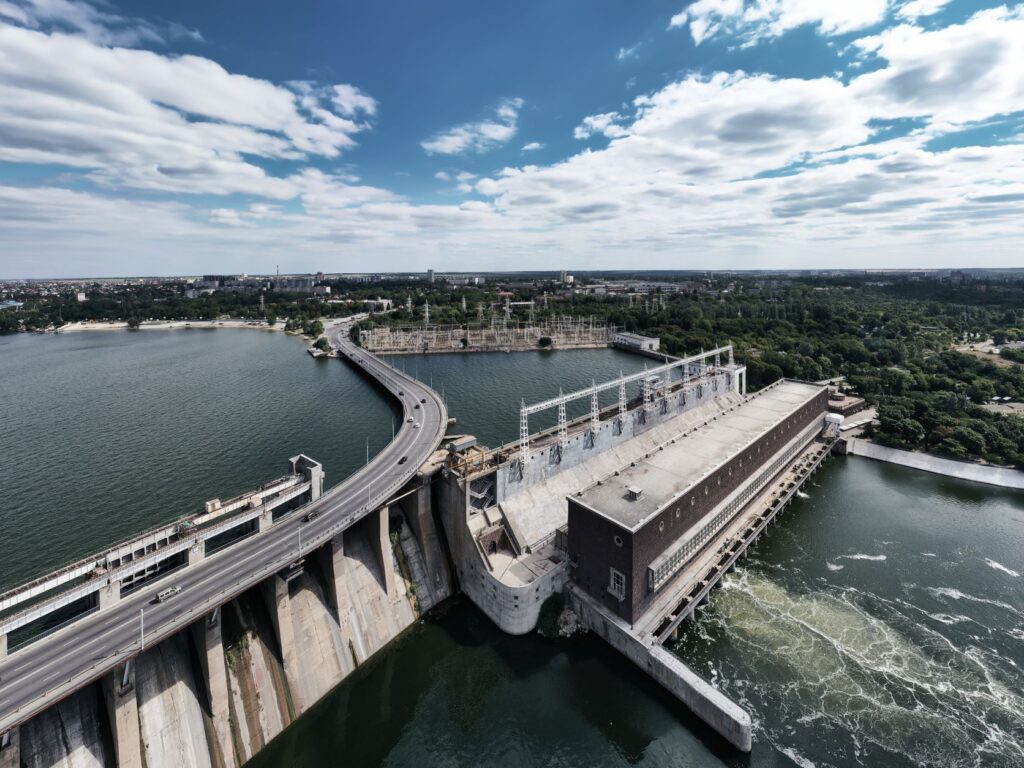HydroPower Explained
HydroPower is the process of harnessing the energy contained in flowing water to generate energy. This energy is created by converting the gravitational potential energy of falling and fast-running water into usable kinetic energy. It is a sustainable source of energy. Hydropower can be used for a variety of purposes including providing energy to homes and other businesses, transportation, and irrigation.
Water turbines
Water turbines for hydropower use the energy contained in water to generate electricity. In order to convert this energy into usable electricity, the turbine must turn at a specific speed. This specific speed is not related to turbine size and can be adapted for different Enduring Hydro sites. It is also the main criteria for matching turbine designs to hydro sites.
There are many types of water turbines, which are used in hydropower projects. The choice depends on the conditions of the site, the available head of water h, and the desired water flow rate Q. As shown in Figure 10.8, the most suitable turbine depends on these three parameters. For example, if the h is high and the Q is low, a Kaplan turbine would be used. On the other hand, if the h is low, a Francis turbine would be best suited.

Dams
Several factors affect the efficiency of hydropower dams. One of these factors is the variability of hydrologic parameters under varying climate conditions. Several studies have assessed the effects of climate change on hydropower systems in individual regions of the United States. Results have revealed seasonal shifts and overall reductions in generation due to dwindling streamflows. One study estimates that future generation at hydropower dams may decline by half. Other studies have evaluated future hydrologic uncertainty at watershed and national scales.
Hydrologic constraints contribute to additional costs and may limit hydropower generation. However, these constraints do not necessarily prohibit development. In fact, most projects restrict turbine releases to prevent modifying discharge patterns.
Pumped storage
Pumped storage is a low-cost, large-scale solution to grid reliability. Besides storing energy, pumped storage provides ancillary services such as network frequency control and reserve generation. These services are crucial to balancing the electricity in large grid systems. Pumped storage can respond almost instantly to fluctuations in the electricity that flows through the grid. Today, more than 20 GW of pumped storage capacity exists in the U.S. and developers have proposed building an additional 31 GW of capacity.
Pumped storage is a form of energy storage in which water is pumped from a reservoir to generate electricity. In the case of hydropower, pumped storage may be used to store energy in hydroelectric plants. The technology is relatively new, but it has great promise. It is capable of increasing the output of renewable energy sources such as hydroelectricity.
Run-of-river
Run-of-river hydropower is a form of renewable energy. It works by channeling river water through a canal or penstock. The water is then run through turbines which convert the potential energy in the water into kinetic energy. This water is then returned to the river.
A run-of-river project is similar to a conventional hydroelectric dam, but can have a larger capacity. Some run-of-river projects are located downstream of other hydroelectric dams, and take advantage of water supplied by these dams.